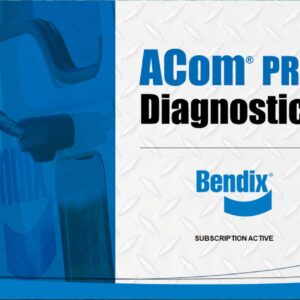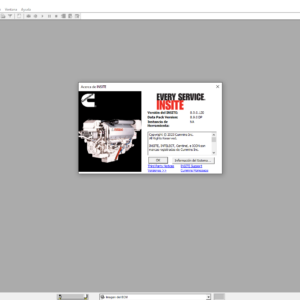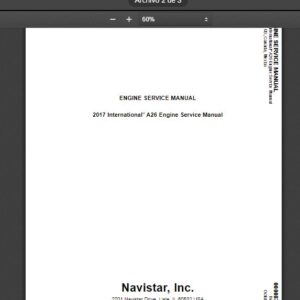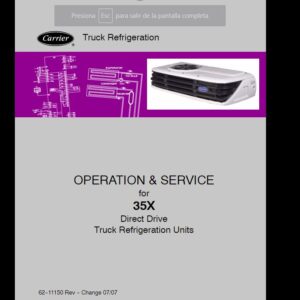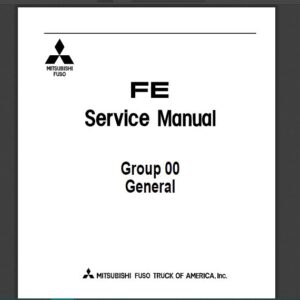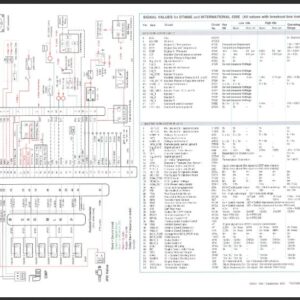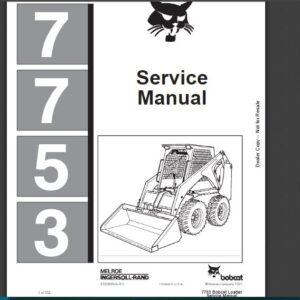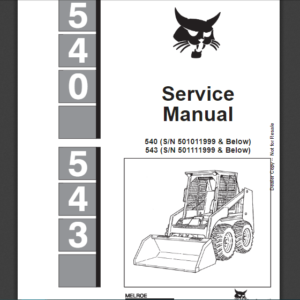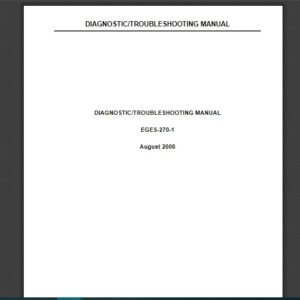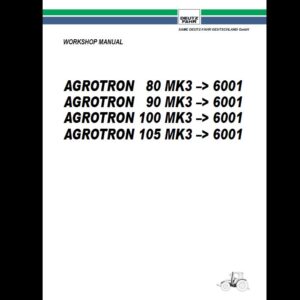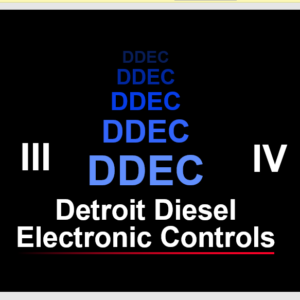Allison 3000 & 4000 Gen 4 Fault Code: P2671 Actuator Supply Voltage 2 (HSD2) High
DIAGNOSTIC RESPONSE:
DNS, SOL OFF (hydraulic default)
CIRCUIT DESCRIPTION:
The high side drivers are connected to the high side circuits of the solenoids and commanded on during normal operation. The high side drivers serve as a master switch to supply battery voltage to the low side drivers. High side drivers are turned on during TCM initialization and remain on during normal operation. High side drivers are turned off during cranking and for certain diagnostic responses. High Side Driver 2 (HSD2) supplies battery voltage to the Pressure Control Solenoid 1 (PCS1), Pressure Control Solenoid 2 (PCS2), Pressure Control Solenoid (PCS3), and Shift Solenoid 1 (SS1) via wire 171. The TCM regulates control current to the solenoids by switching the appropriate low side driver on and off. This test detects if the voltage measured at the HSD2 detection circuit indicates high during initialization when the circuit is off.
CONDITIONS FOR RUNNING THE DTC:
During TCM initialization while high side driver is commanded off.
CONDITIONS FOR SETTING THE DTC:
This DTC sets during TCM initialization, if HSD2 voltage detected to be greater than 6V while HSD2 circuit is OFF.
ACTION TAKEN WHEN THE DTC SETS:
When DTC P2671 is active:
1. Transmission fails to Neutral (N).
2. DTC is stored in the TCM history.
3. The CHECK TRANS light illuminates.
4. The TCM freezes shift adapts (DNA).
CONDITIONS FOR CLEARING THE DTC:
Use the diagnostic tool to clear the DTC from the TCM history. The TCM automatically clears the DTC from the TCM history if the vehicle completes 40 warm-up cycles without failure.
DIAGNOSTIC AIDS:
DTC P2671 can be caused by:
1. HSD2 circuit issues such as:
– W171 shorted to another wire in chassis harness.
– W171 (terminal 6 of 20-way) shorted to another wire in the internal transmission harness.
2. Two or more low side driver circuit issues with PCS1, PCS2, PCS3, or SS1.
3. PCS 1 issues such as:
– W136 shorted to another wire in chassis harness.
– W136 shorted (terminal 4 of 20-way) to another wire in the internal transmission harness.
4. PCS2 issues such as:
– W152 shorted to another wire in chassis harness.
– W152 shorted (terminal 5 of 20-way) to another wire in the internal transmission harness.
5. PCS3 issues such as:
– W133 shorted to another wire in chassis harness.
– W133 shorted (terminal 9 of 20-way) to another wire in the internal transmission harness.
6. SS 1 issues such as:
– W151 shorted to another wire in chassis harness.
– W151 shorted (terminal 10 of 20-way) to another wire in the internal transmission harness.
7. Broken or defective connector assemblies allowing pushed back pins to short together.
8. Unlocked connectors, missing seal plugs allowing moisture in connectors.
9. Defective TCM.
Review applicable information in Control System and Transmission Specifications to find additional circuit specifications, system and connector diagrams, and troubleshooting tips.
-
DAF Davie Runtime v5.6.1 Davie XDc ll [02.2019] + Expire Fix 302.00 Unlock ( Windows 7 )
DAF $70.00Rated 0 out of 5 -
CAT ET 2021A (Caterpillar Electronic Technician) + Factory Password (1 PC )
CAT $65.00Rated 0 out of 5 -
Bobcat Service Library [03.2019] Service, Operator, Maintenance, Bulletines, etc full update
Bobcat $110.00Rated 0 out of 5
-
CAT CDVR PC Software – Caterpillar Digital Voltage Regulator (CDVR) WINDOWS 10
CAT $45.00Rated 0 out of 5 -
International Truck ISIS – Oncommand Service Information Q4.2020 [04.2020]
Navistar $85.00Rated 0 out of 5
Related products
-
Allison 1000 & 2000 Gen 4 Fault Codes: U1000 Class 2 Loss of Serial Data Communication
1000 & 2000 Gen 4 $50.00Rated 0 out of 5 -
Allison 1000 & 2000 Gen 4 Fault Codes: P0875 Transmission Reverse Pressure Switch Circuit Malfunction
1000 & 2000 Gen 4 $50.00Rated 0 out of 5 -
Allison 1000 & 2000 Gen 4 Fault Codes: P1892 Throttle Position Sensor Pulse Width Modulation (PWM) Signal High Input
1000 & 2000 Gen 4 $50.00Rated 0 out of 5 -
Allison 1000 & 2000 Gen 4 Fault Codes: P0848 Transmission Pressure Switch Solenoid D Circuit High
1000 & 2000 Gen 4 $50.00Rated 0 out of 5 -
Allison 1000 & 2000 Gen 4 Fault Codes: U1064 J1850 (Class 2) TBC Controller State of Health Failure
1000 & 2000 Gen 4 $50.00Rated 0 out of 5 -
Allison 1000 & 2000 Gen 4 Fault Codes: P2810 Solenoid G Electrical
1000 & 2000 Gen 4 $50.00Rated 0 out of 5 -
Allison 1000 & 2000 Gen 4 Fault Codes: P0873 Transmission Pressure Switch Solenoid E Circuit High
1000 & 2000 Gen 4 $50.00Rated 0 out of 5 -
Allison 1000 & 2000 Gen 4 Fault Codes: P0123 Pedal Position Sensor Circuit High Voltage
1000 & 2000 Gen 4 $50.00Rated 0 out of 5 -
Allison 1000 & 2000 Gen 4 Fault Codes: U1300 J1850 (Class 2) Serial Data Communication Link Low
1000 & 2000 Gen 4 $50.00Rated 0 out of 5 -
Allison 1000 & 2000 Gen 4 Fault Codes: P1779 Engine Torque Delivered To TCM Signal
1000 & 2000 Gen 4 $50.00Rated 0 out of 5 -
Allison 1000 & 2000 Gen 4 Fault Codes: U2104 CAN Bus Reset Counter Overrun
1000 & 2000 Gen 4 $50.00Rated 0 out of 5 -
Allison 1000 & 2000 Gen 4 Fault Codes: P0846 Transmission Pressure Switch Solenoid D Circuit Stuck Open
1000 & 2000 Gen 4 $50.00Rated 0 out of 5 -
Allison 1000 & 2000 Gen 4 Fault Codes: P1891 Engine Throttle Position Sensor Pulse Width Modulation (PWM) Signal Low Input
1000 & 2000 Gen 4 $50.00Rated 0 out of 5 -
Allison 1000 & 2000 Gen 4 Fault Codes: U0073 CAN Bus Reset Counter Overrun
1000 & 2000 Gen 4 $50.00Rated 0 out of 5
-
SERVICE MANUAL International Engines DT466E & DT530E (1999 & Older)
INTERNATIONAL ENGINES $31.00Rated 0 out of 5 -
SERVICE MANUAL International Engines DT466 (2004-2006)
INTERNATIONAL ENGINES $45.00Rated 0 out of 5

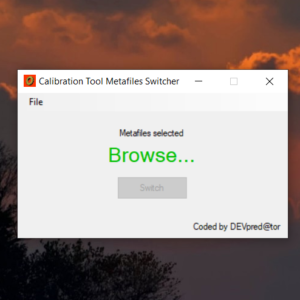
![DAF Davie Runtime v5.6.1 Davie XDc ll [02.2019] + Expire Fix 302.00 Unlock ( Windows 7 )](https://www.ecuforcetruck.com/wp-content/uploads/2021/09/Capture-2-300x300.png)
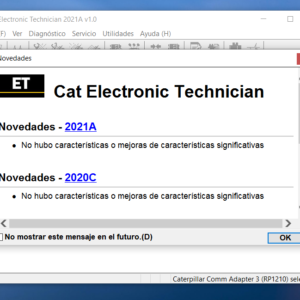
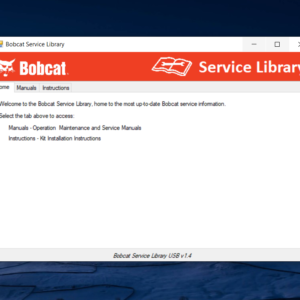
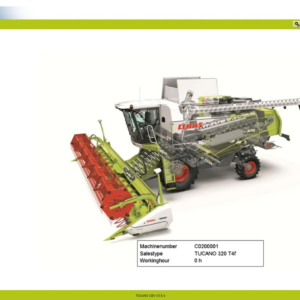


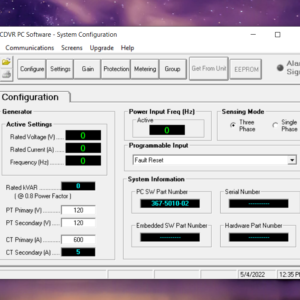
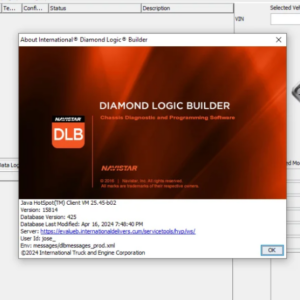
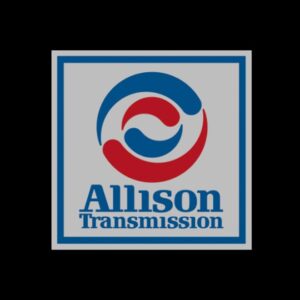
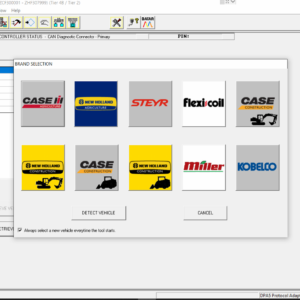
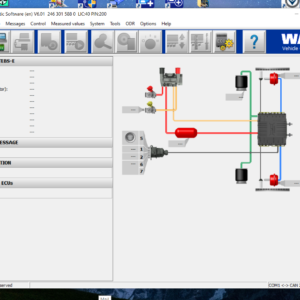
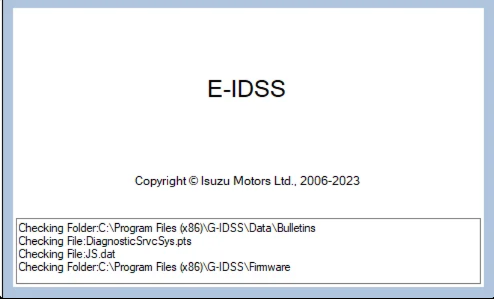
![International Truck ISIS - Oncommand Service Information Q4.2020 [04.2020]](https://www.ecuforcetruck.com/wp-content/uploads/2022/01/OnCommand-2020-1-300x300.png)
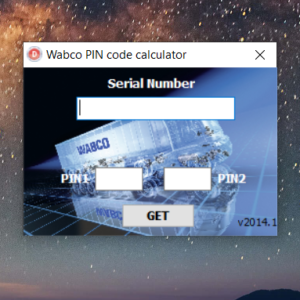
![Volvo Penta EPC 6 Offline VMware [12.2021] VMware](https://www.ecuforcetruck.com/wp-content/uploads/2022/11/VOLVO-PENTA-2021-A-300x300.jpg)

